Ms. Rophyah, residing in Chau Phong commune, said that the traditional cakes of the Cham people are diverse and rich, depending on the shape and processing method of each type, they have corresponding names. In parties or traditional holidays of the Cham people, delicious cakes are precious gifts that the host treats guests with. After everyone finishes the party, they have dessert with some delicious cakes to show the host's respect. Eating cakes, drinking water, and chatting together makes the party atmosphere more exciting.
In the past, almost every family made cakes on important occasions, but nowadays, only the elderly or those who make a living from baking remember how to make traditional cakes of the Cham people. From popular cakes such as sponge cakes, Namparang cakes... to cakes with elaborate making methods that usually only appear in weddings or important holidays of the Cham people such as gingerbread, egg cakes, star cakes, bird nest cakes... all have their own meanings. There are cakes that appear in weddings to congratulate the happiness of the young couple, and there are also cakes that appear on Tet holidays with the wish for children and families to reunite.
Cham people make traditional cakes
Ms. Hasanah, residing in Chau Phong commune, has nearly 20 years of experience making traditional cakes of the Cham people. According to Ms. Hasanah, the way to make traditional cakes of the Cham people is simple, but it is also not wrong to say that it is elaborate and complicated. It is simple because the ingredients to make cakes mainly include rice flour, wheat flour, sugar, chicken eggs, and almost all types of cakes use coconut milk because it will increase the fat, aroma but not greasy of the cake. In particular, making traditional cakes takes a lot of time because almost all steps must be done by hand.
To make Namparang, you have to prepare the ingredients the day before so that you can sell them the next morning. The baker must have experience and mix the ingredients in the right proportion. Then spread the batter evenly on the pan, quickly cover it and bake until the cake is done. The earthenware lids are heated on a charcoal stove so that when baking, both the bottom and top of the cake are hot, making the cake puff up more beautifully. The cake does not need to be flipped, but is baked on a wood stove until both sides are golden brown, with a small, spongy peak in the middle. Before it is done, a little roasted sesame seeds are sprinkled on it. Namparang cake has a crispy outer layer, and a spongy, sweet, fatty and fragrant inside. "Making traditional cakes of the Cham people is hard, but I am happy to contribute to preserving the profession and traditional culture of the nation," Ms. Hasanah shared.
Since childhood, Ms. Faty, residing in Chau Phong commune, was taught by her grandmother and mother to make traditional cakes of the Cham people. Thanks to learning the trade and knowing how to make many types of cakes, she opened a small stall in front of her house, selling many types of traditional cakes to locals and tourists. According to Ms. Faty, a delicious cake must be a combination of rich flavor, eye-catching appearance and harmonious colors. Therefore, the baker must be meticulous in every step. Ms. Faty makes cakes from early morning until late afternoon to complete and then bring them out in front of her house to sell. Ms. Faty's cakes are delicious so they are always in high demand. While taking the cakes to sell to customers, Ms. Faty said: "Normally, I don't sell as many cakes as in Ramadan. At that time, I made many types of cakes, people came to my house to buy and called to order cakes." Holding the bag of cakes she just bought, Ms. Le Thi My Ngoc, residing in the city. Ho Chi Minh shared: “The traditional cakes of the Cham people in An Giang look attractive and delicious. Even though I just tried them for the first time, I liked them so much that I bought a lot of cakes to eat and give as gifts to my family.”
The traditional cakes of the Cham people not only become the cultural quintessence associated with the lives of the people here but also contribute to making the culinary culture of Vietnam in general and An Giang cuisine in particular rich and diverse.
Article and photos: TRONG TIN
Source: https://baoangiang.com.vn/doc-dao-banh-truyen-thong-cua-dong-bao-cham-a424509.html


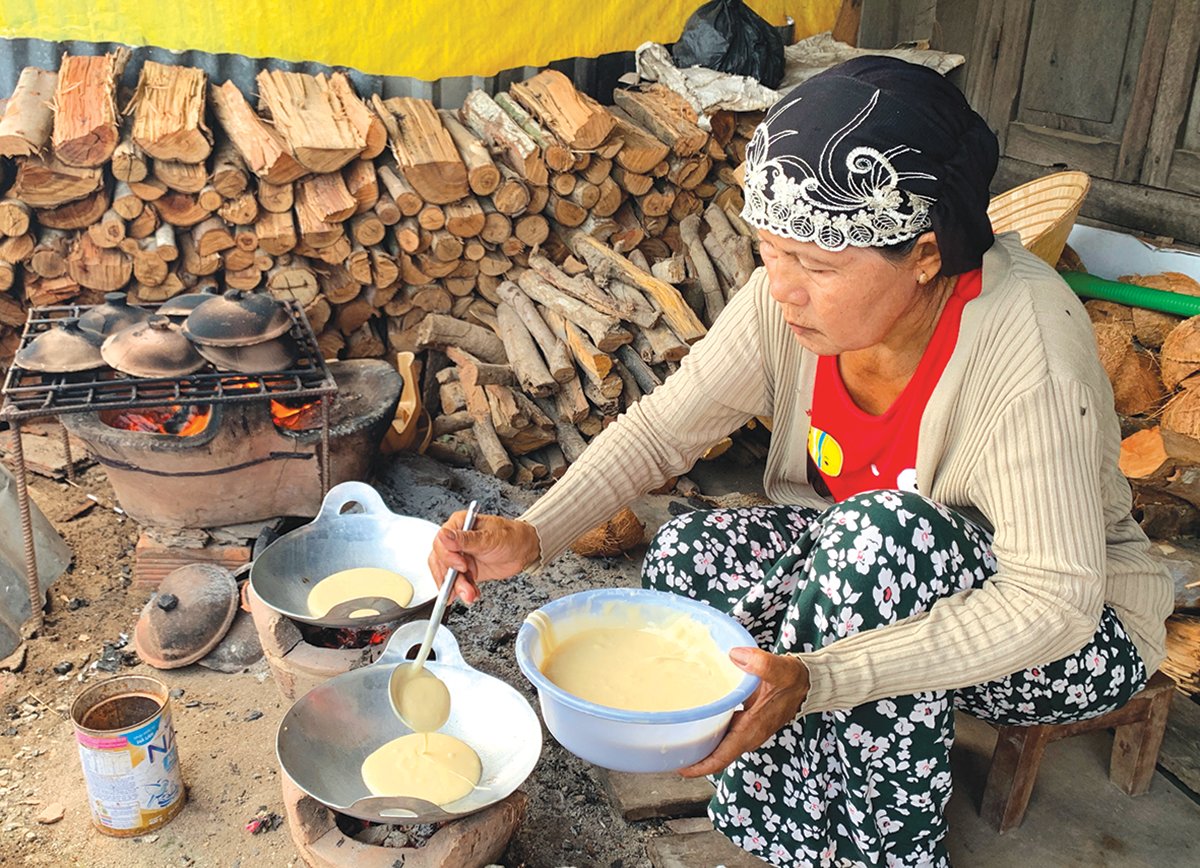

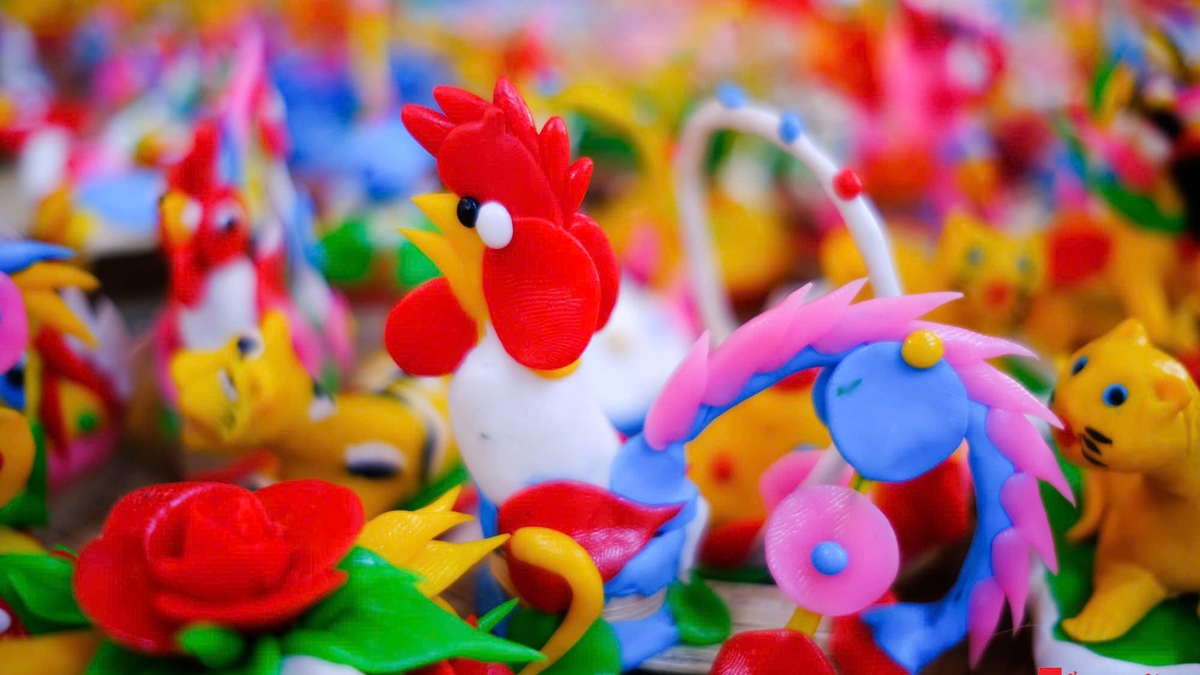



![[Photo] Hanoi morning of October 1: Prolonged flooding, people wade to work](https://vphoto.vietnam.vn/thumb/1200x675/vietnam/resource/IMAGE/2025/10/1/189be28938e3493fa26b2938efa2059e)
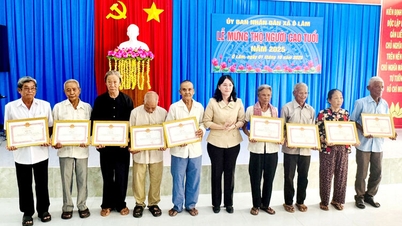
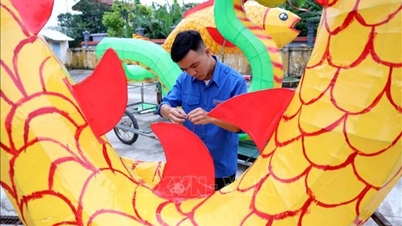
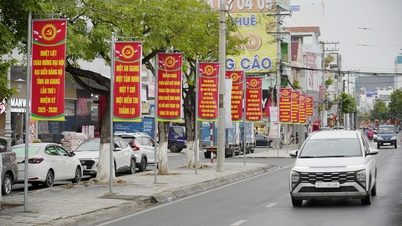

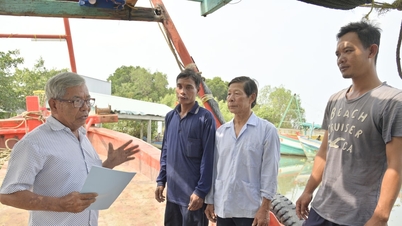


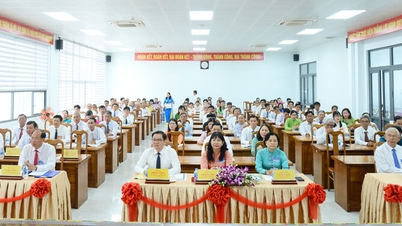


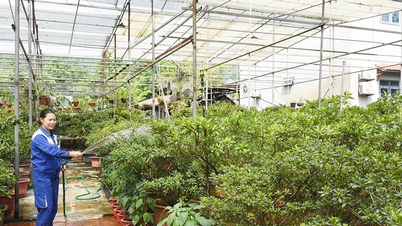

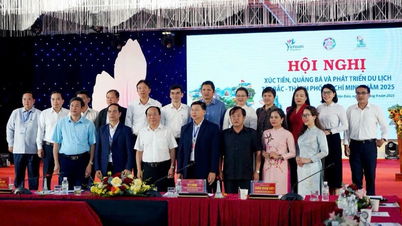





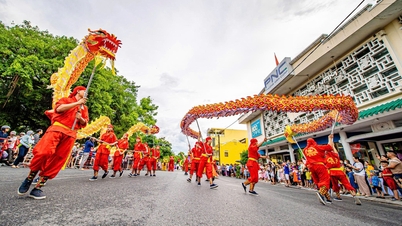






![[Infographics] An Giang economic picture in the period 2020 - 2025](https://vphoto.vietnam.vn/thumb/402x226/vietnam/resource/IMAGE/2025/10/1/093e29084648496c82a22536f5384c21)
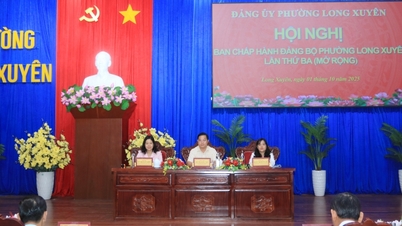
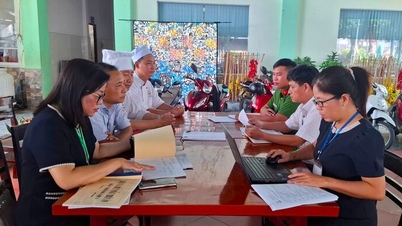
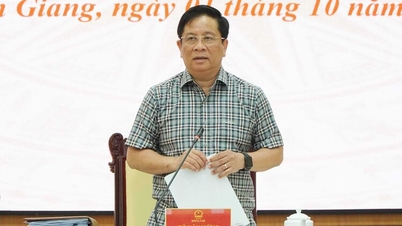
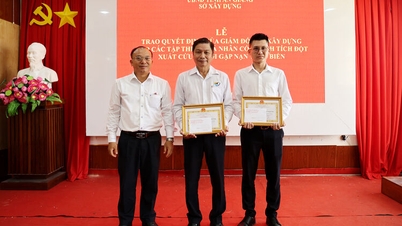
![[Photo] Panorama of the cable-stayed bridge, the final bottleneck of the Ben Luc-Long Thanh expressway](https://vphoto.vietnam.vn/thumb/1200x675/vietnam/resource/IMAGE/2025/9/30/391fdf21025541d6b2f092e49a17243f)

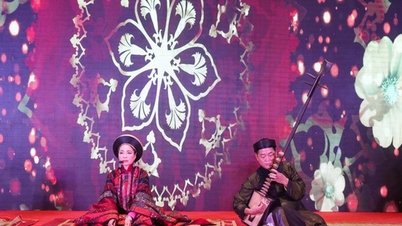



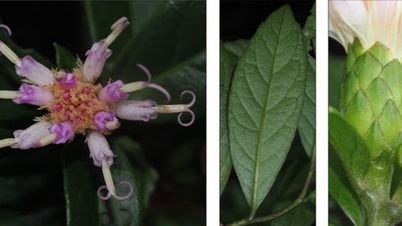

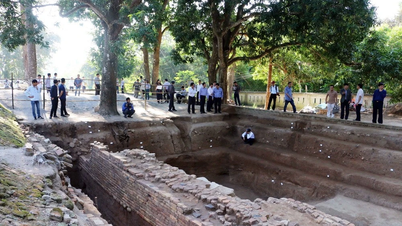

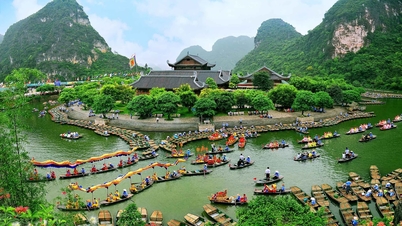


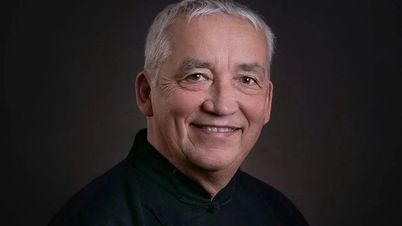





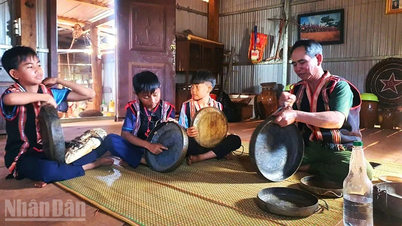










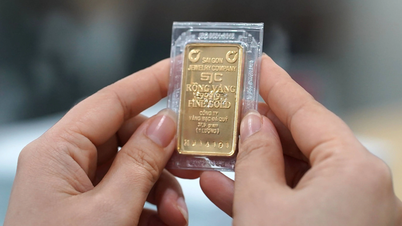

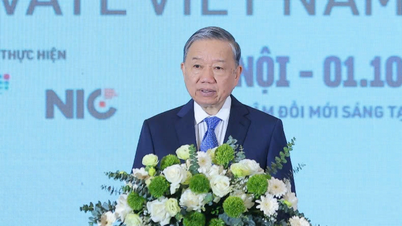

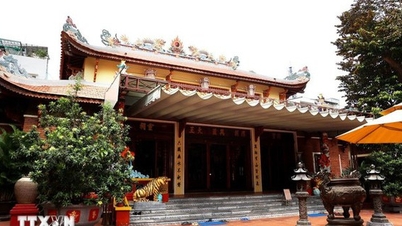



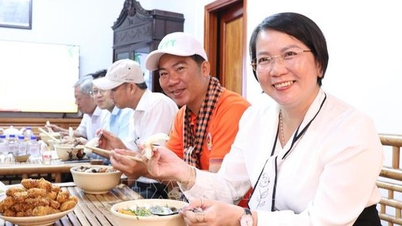





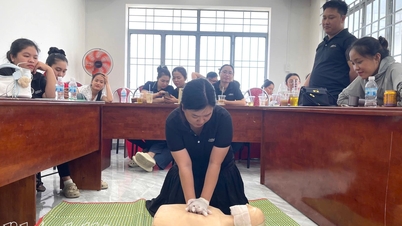

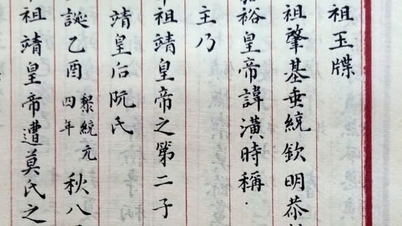
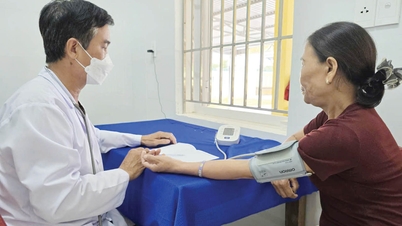














Comment (0)